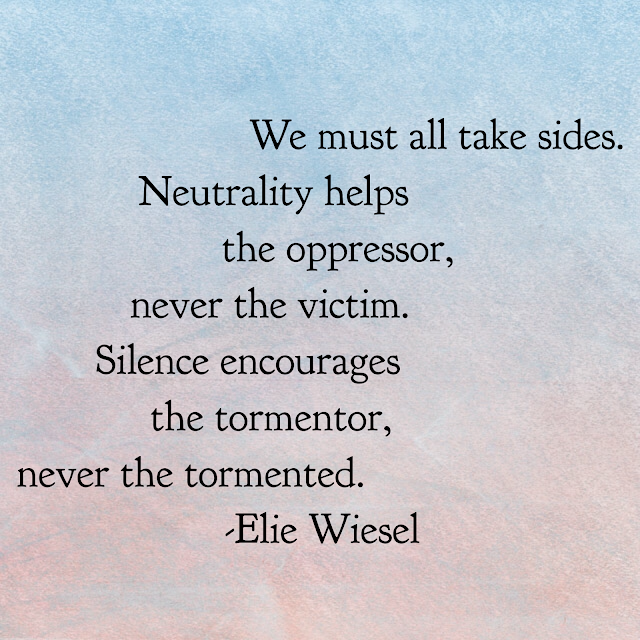My #OneWord For Teaching and My Classroom This Year
"Purpose"
Every activity we do should help kids focus on at least one of the 4 C's: Critical Thinking, Communication, Collaboration, and Creativity. We need to help prepare kids to be members of a global society. Answering true/false, multiple choice, or matching questions doesn't do that. Taking standardized tests doesn't do that. Doing the same old worksheets doesn't do that. We need to rethink how education works. And it can start in each of our classrooms.
How do we move from compliance to purpose in the classroom?
Two beginner steps:
1. Choice
Telling kids what to do and how to do it, all day, every day, kills their spirit. Embed choice throughout the day. It can be as simple as allowing students to choose to write with a pen or a pencil. choosing to work with a partner or by themselves, or choosing where in the classroom to work on an assignment (think: flexible seating).
It can be more complex, like choice boards for projects, units, or for early finishers. It can be allowing students to decide in what order they will complete their work (think: flexible scheduling). The more students choose for themselves, the more they feel in control. This leads to increased ownership in the classroom for them, and a smoother running classroom for you.
2. Voice
Students get a LOT of feedback about their work: peer feedback, teacher comments, rubrics, grades. Let them give you some feedback. Ask them: What do you like best about school? What do you like least about school? If you could change one thing about our classroom, what would it be? If you could change one thing about our school, what would it be? What worked well about this lesson? What could we do differently next time?
Kids need to know you care about what they think. They have amazing insight and ideas to share ~ we just need to tap into it.
My #OneWord is Purpose
* I want to be purposeful about integrating the 4 C's:
Creativity, Critical Thinking, Communication, and Collaboration.
* I want to be purposeful about helping my students
develop as members of a global community.
* I want to be purposeful about integration
of design thinking and STEAM activities.
* I want to be purposeful about my own
professional development and that of colleagues.
* I want to be purposeful about helping students
develop their individual interest areas.
* I want to be purposeful about
effective technology integration.
What's your #oneword for teaching this year?


















